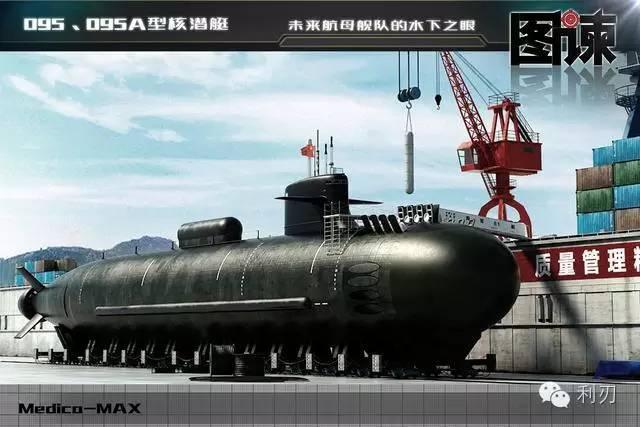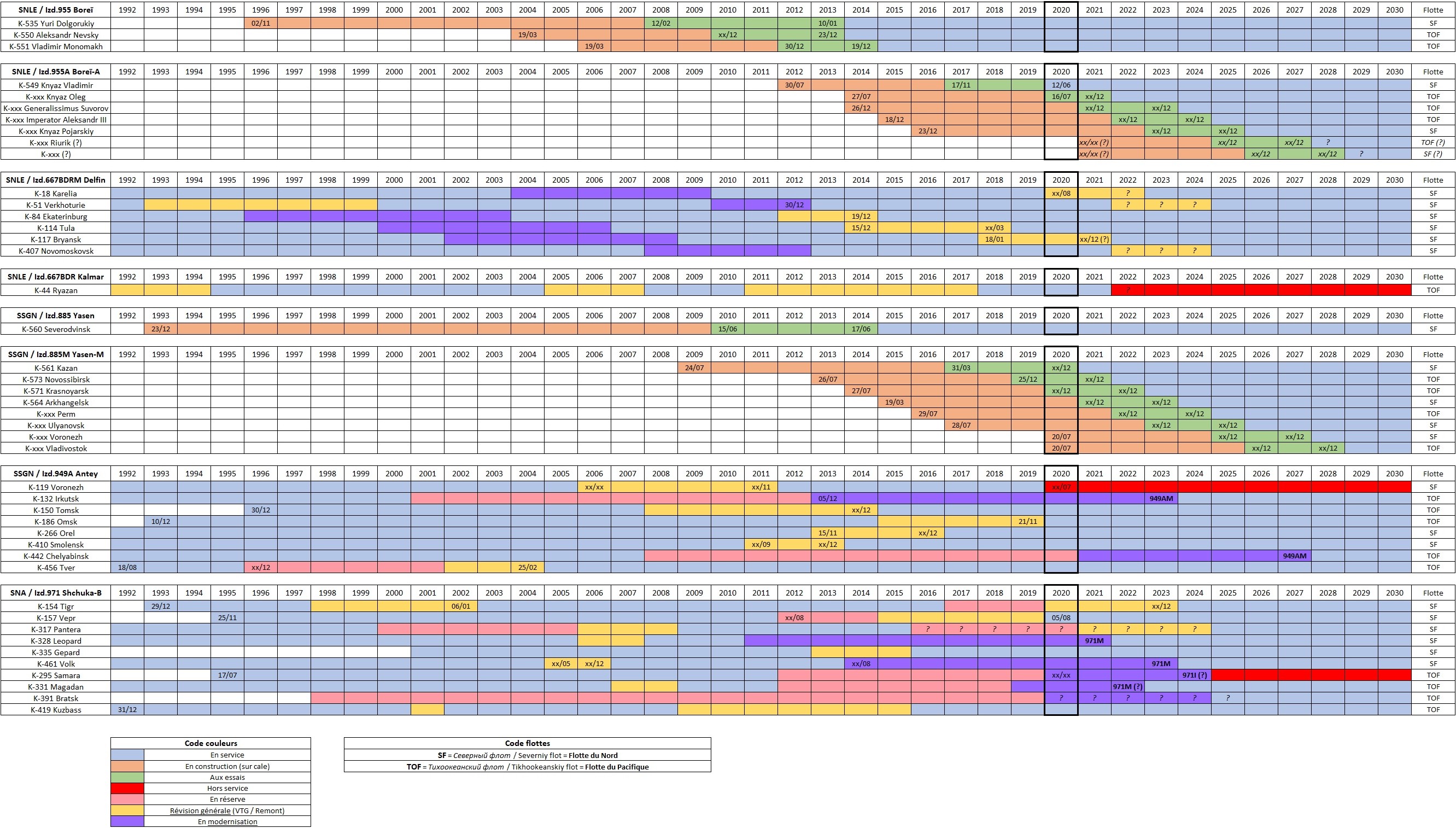Mach 27 flight vehicle at 100km altitudes, air density becomes even more tougher at lower altitudes. I think right now it is beyond the capabilities of Russia to use those same mach 25 speeds at an altitude of 40kms without breaking apart from the physical stress.
That is OK... it might only be doing mach 10 at 40kms altitude and as it accelerates it can climb... it does not need to do mach 27 all the way... it could be designed to be multi stage and as it sheds weight its max speed potential and ability to accelerate should dramatically improve over time and distance.
Scramjets are very different from SLBMs.
Well to be clear we are not comparing scramjet powered weapons with ballistic ones... if you depress the trajectory of a SLBM then you could fit a scramjet engine as the later stages with a large rocket stage to launch and get the weapon on its way, and instead of having one or two further solid fuelled rocket stages to help it on its way and then glide the rest of the way to the target, the second stage could be powered all the way scramjet propulsion where the weapon can fly a complex unpredictable trajectory and manouver to way points to fly around known ABM system locations etc etc.
What we are effectively talking about was a real question before ICBMs became viable... back then the idea of a V-2 type weapon reaching all the way round the planet was not a certain thing and a lot of money was invested in long range mach 3 plus cruise missiles of enormous size intended to act like a supersonic bomber on a one way trip to targets 10,000km away or more.
Look up weapons like the Snark SM-62, the Navaho SM-64, and the Regulus SSM-N-9 for the American weapons and there were plenty of Soviet equivalents.
There is no reason why a strategic range cruise missile could not be developed today... in fact in a sense the nuclear engined new unlimited range Russian cruise missile is a serious first step in that direction... increase the thrust to increase the speed even if range is reduced from 100 million kms to 1 million kms that is fine... instead of being able to fly for 300 years it can fly for only 10 years.... that is still more range than it would really need... but the improvement with flying everywhere at mach 5 instead of subsonic would make it much harder to intercept and engage...
Actually flying at mach 4 at low altitudes would make it harder to intercept than flying at mach 6 at high altitude...
Ballistic missiles like SLBMs cannot be compared to scramjets, scramjets are an entirely different animal.
Iskander is a solid fuelled rocket but it uses its rocket propulsion to manouver during its flight to make interception difficult... if they could replace the solid fuelled rocket sustainer motor with a scramjet motor it would use fuel with much more efficiency which on its own would greatly extend range and improve performance.
Any current ballistic missile could have one of its later rocket booster stages replaced with a scramjet motor to allow it to actively fly all the way to the target instead of be accelerated by two or three fixed solid rocket boosts and then coast to the target like a thrown rock. Scramjets would allow better control of speed and the ability to manouver without speed loss and could be stopped and started as many times as you needed unlike a solid rocket motor.
With a fuelled scramjet engine the mission control computer could throttle back to save on fuel... the weapon itself will have a top speed limit at the altitude it is operating at... for instance a Sidewinder missile might only reach mach 1.5 when launched at sea level... the same amount of fuel burns as at higher altitude but the increased drag means it cannot go faster than about mach 1.5, yet the same missile launched at 14km altitude might reach mach 2.5 and therefore travel much much further. With a rocket motor the missile has no option but to burn at full rate, but a scramjet powered missile might determine it is at low altitude so instead of a full thrust burn to accelerate to mach 1.5... it might select 40% burn and travel at mach 1.1... but it can operate at that thrust level for 10 times longer than it can at max full AB thrust so while it goes even slower than a rocket engine it can fly much much further because it is not wasting fuel.
More importantly the missile could use the scramjet motor to climb to altitudes where it can go much much faster so it might end up climbing to 30km altitude and then leveling off and accelerating to mach 5 and then shutting down the motor to coast.... climbing means being able to go faster, but the energy it costs can be recovered when the missile dives down on its target so it is normally a good thing to do unless launched very very close to the target.
Ramjets can do many of the things scramjets do but don't offer the raw speed of a rocket motor... scramjets have all the advantages of jet engines with the velocity capacity of a rocket motor.
Scramjet powered cruise missiles will make a comeback because they just need fuel... they scoop the oxidiser as they go... for most rockets three quarters of the weight of the poisonous noxious chemicals you load on to them for launch are the oxidisers and only one third is the fuel... effectively with a scramjet you are able to carry three times more fuel in the same space or just make a much smaller missile which makes it lighter and cheaper of course...
BTW using satellites to find ships is one thing, but using them to direct your missiles makes such satellites very high priority targets...








